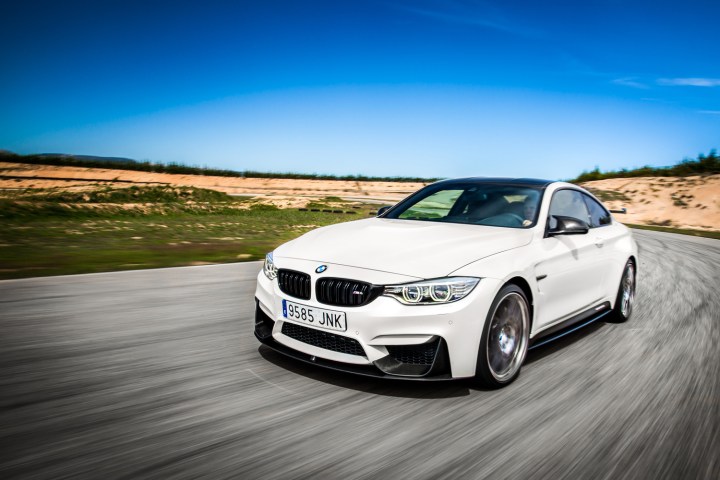
Observing, collecting, and understanding driver behavior is Nauto’s focus. The company’s network of connected cameras and artificial intelligence-driven cloud applications tracks real-time traffic and road conditions and driver behavior. The aggregate data on driver behavior in various conditions and situations can be used to help prepare autonomous vehicles for more than just relying on maps and object detection.
Drivers in Naut0-connected cars benefit immediately. All drivers in the network are updated about traffic and road incidents, crashes, and conditions. The Nauto driver view detects driver distraction and behavior and can send alerts and provide coaching. Nauto’s insurance and fleet applications track driver actions and attention. In case of an accident, the Nauto real-time sensors and recorded visual data can help reduce liability by serving as a record of what really happened.
At least one other carmaker that does not want to be identified has also invested in Nauto, the company says. Toyota Research Institute focuses on applications of artificial intelligence and robotics to improve the quality of life, particularly related to, but not limited to, mobility services. BMWi Ventures “invests in cutting-edge solutions focusing on the mobility needs of the urban population.”
Nauto chief executive Stefan Heck told Reuters that “the carmakers and insurer will integrate the technology into their test vehicles and use the aggregate and anonymized data — whether on driving habits, difficult intersections, or traffic congestion — to help develop their autonomous vehicle strategies.”
In a strategic double win of present and future benefits, the Nauto connected car camera network and smart cloud applications are supposed to improve driver and vehicle safety, reduce liability, and make fleet operations more efficient today while at the same time building the data and lessons needed to get ready for future autonomous vehicles.



